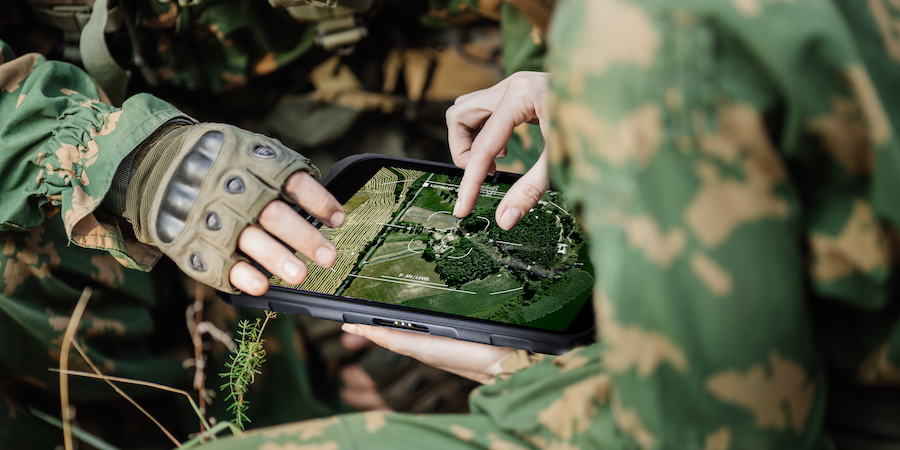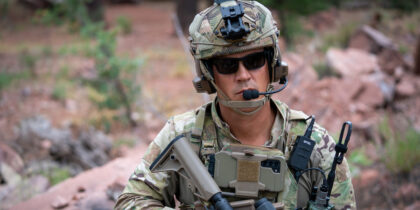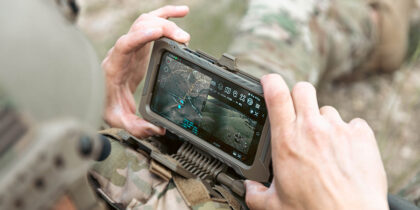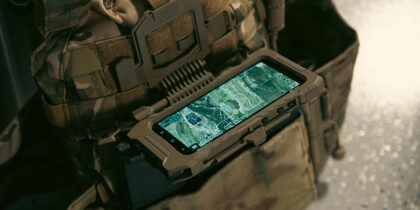One thing is clear from the 2019 Association of the United States Army (AUSA) Annual Meeting: The Army’s focus on data is greater than ever, and the impact on how soldiers accomplish their missions will be tremendous.
Speaking at the event on October 16, Gen. Mike Murray, Army Futures Command commanding general, announced the updated “Army Modernization Strategy,” which presents a “more holistic approach to modernization,” according to National Defense. The strategy calls for digital transformation, leveraging the cloud as a foundation, so that information can “flow rapidly between the enterprise and soldiers on the ground.”
Shaping the Future of Defense
The ability to capture, analyze and quickly act on data will be crucial in the next few years, as we face adversaries who are committed to powering up their military resources. Key to these strategies are advances in mobile technology, which will continue to shift the current models of how, where and when data is gathered and used. Mobility is putting the operator at the center of this model, with fast-emerging 5G capabilities expanding the possibilities for what can be done from untethered locations.
Enhance Aviation Mission Readiness With Mobility
Get your free guide to powering more intelligent aviation missions on TAA-compliant Samsung tablets. Download Now
Big data, cloud computing and artificial intelligence (AI) are huge components of the Army’s plans, and can shrink decision making time from “minutes down to seconds,” according to Army Secretary Ryan McCarthy, who also spoke at AUSA, National Defense reported. McCarthy described the Army’s $700 million investment over the next five years to build up these tools to augment its multidomain capabilities.
The Army also announced the upcoming launch of its cloud management office. The convergence of data and mobility brings information gathering, processing and application to the edge, whether that means frontline operations by dismounted soldiers in theater and security patrols at facilities, or flight line air, ground and maintenance crews, where the Galaxy Tab Active2 and Tab S4 TAA-compliant tablets are helping improve air fleet readiness and functioning as electronic flight bags (EFBs) and Electronic Kneeboards (EKBs).
Mobile Access for Agile Response
The ability to securely interact with data at the point of need is critical to improved mission capabilities and faster, smarter responses to quickly changing situations. The Army’s integrated tactical network, for example, uses a “secure-but-unclassified” architecture, according to Army Times. It connects ground forces using smartphones and tablets, such as the Galaxy Note10 and Galaxy S9 Tactical Edition, over cellular networks. It delivers contextual information, including 3D maps and livestreamed video through an app, providing greater awareness for dismounted troops.
5G networks, in particular, present numerous opportunities, including smart bases that deliver more automated and optimized security, operations and asset management, according to SIGNAL. As the technology rolls out, more handheld devices, like the Galaxy S10 — the first 5G handheld device to receive Security Technical Implementation Guide (STIG) approval for the federal government — will be able to replace laptops for mobile use. New applications, such as enhanced ship-to-shore communications, will become more prevalent.
Speed Is Key
Mobility will define the armed forces of the future. As the need to gather, analyze and share data grows exponentially, so does the need to access and use it at any time, wherever personnel are located.
To stay ahead of our peers in technological power, the key to dominance will be speed: how quickly enabling technologies like mobile devices can be deployed; how rapidly data can be gathered, analyzed and pushed to where it’s needed; and how quickly critical decisions can be made based on that data by service members and support personnel at the moment of need. Ready-to-deploy commercial-off-the-shelf (COTS) platforms are essential components of the Army’s more soldier- and data-centered strategy.
Discover the ways TAA-compliant mobile devices are enhancing mission readiness. Then get ready for mobility to transform your tactical operations with this free white paper.








